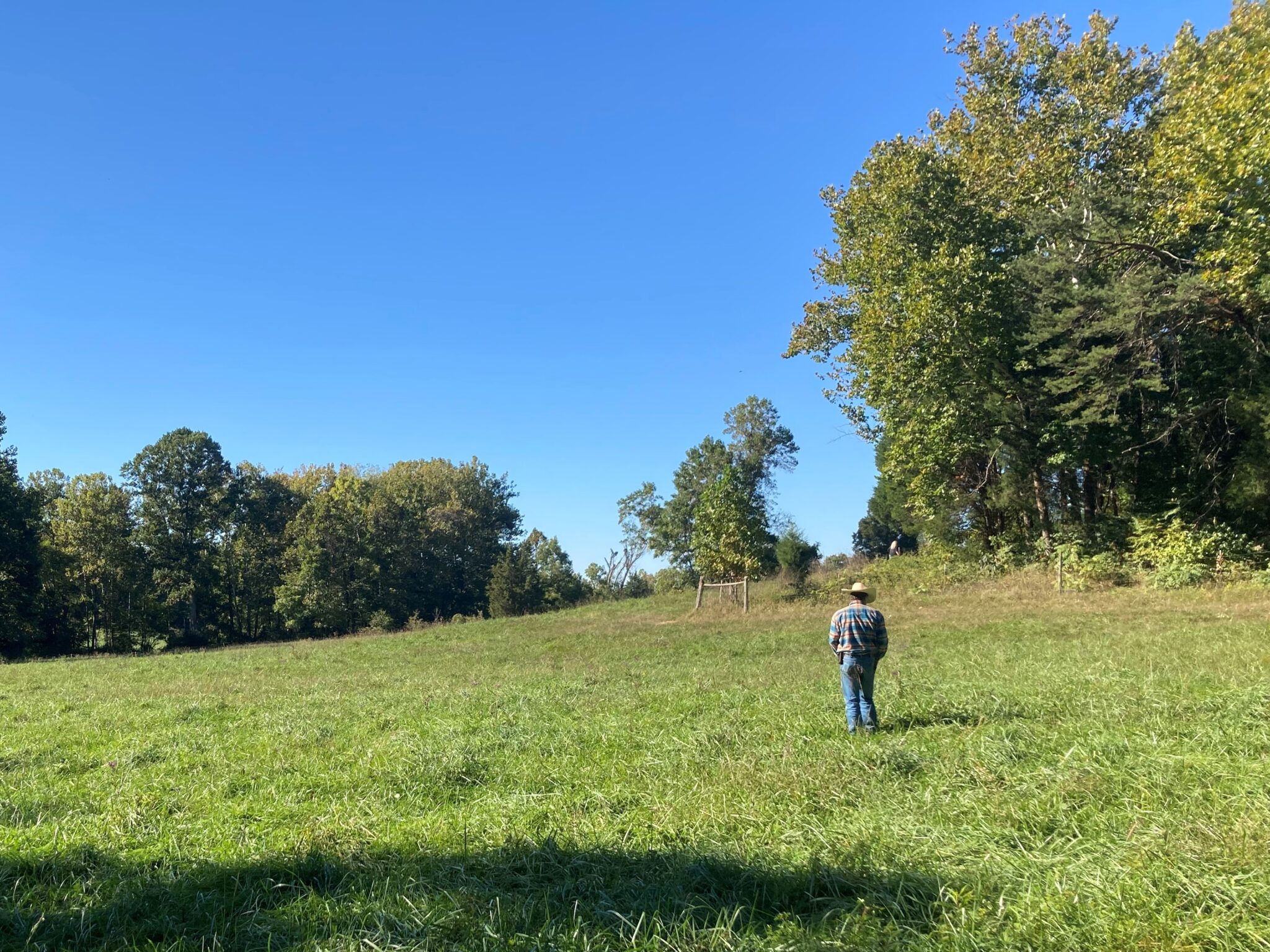
Managing pasture properly requires much skill, just like any agronomic crop.

Managing pasture properly requires much skill, just like any agronomic crop.
Water use for wheat, Rye. and perennials has been 1.5” to 1.8”/ week.
He shares weed management tips and what growers are facing right now.

Excessive drying of the upper soil profile is conducive for the development of what some of us affectionately call the “rootless corn” or “floppy corn” syndrome.

Successful emergence (fast & uniform), while important, does not guarantee successful stand establishment in corn.

Indiana soybean planting in 2023 is following the same track as 1988 and 2018, which could be devastating or bin busting! As you may or may not recall, 1988 was one of the worst droughts we have experienced. Indiana soybeans yielded 27.5 bu/ac, which was 11.5 bu less (30% reduction) than the trend yield (39 bu/ac). The only year with a faster pace was another drought year—2012. Late season rains saved the 2012 crop and Indiana yielded 44.0 bu/ac (5.8 bu below yield trend, ~12% reduction). Soybeans were planted at a fast pace in 1991 due to dry and drought conditions, but the yields were nearly unaffected (3% less than trend). Indiana has had six years that soybean planting progress was substantially faster than the five-year average (Figure 1). Three of those years were drought years (1988, 1991, 2012) while the other years (2018, 2020, 2021) were yield-breaking[Read More…]

This past week warm late-spring temperature and lack of moisture was apparent in Indiana.

Want to learn how to improve grazing utilization? Attending a day and a half grazing school will be a great start to improving pasture utilization by your livestock.

As Purdue University’s Extension Forage Specialist, there is one forage production practice recommendation that draws my ire and has become a major pet peeve; so much that every time the recommendation is offered I think I lose another hair follicle on my head and legs.

To make excellent quality hay, the forage needs to be cut at the right growth stage and packaged into a bale at the right moisture content without incidence of rain damage.
© 2024 Purdue University | An equal access/equal opportunity university | Copyright Complaints | Maintained by Pest&Crop newsletter
If you have trouble accessing this page because of a disability, please contact Pest&Crop newsletter at luck@purdue.edu.